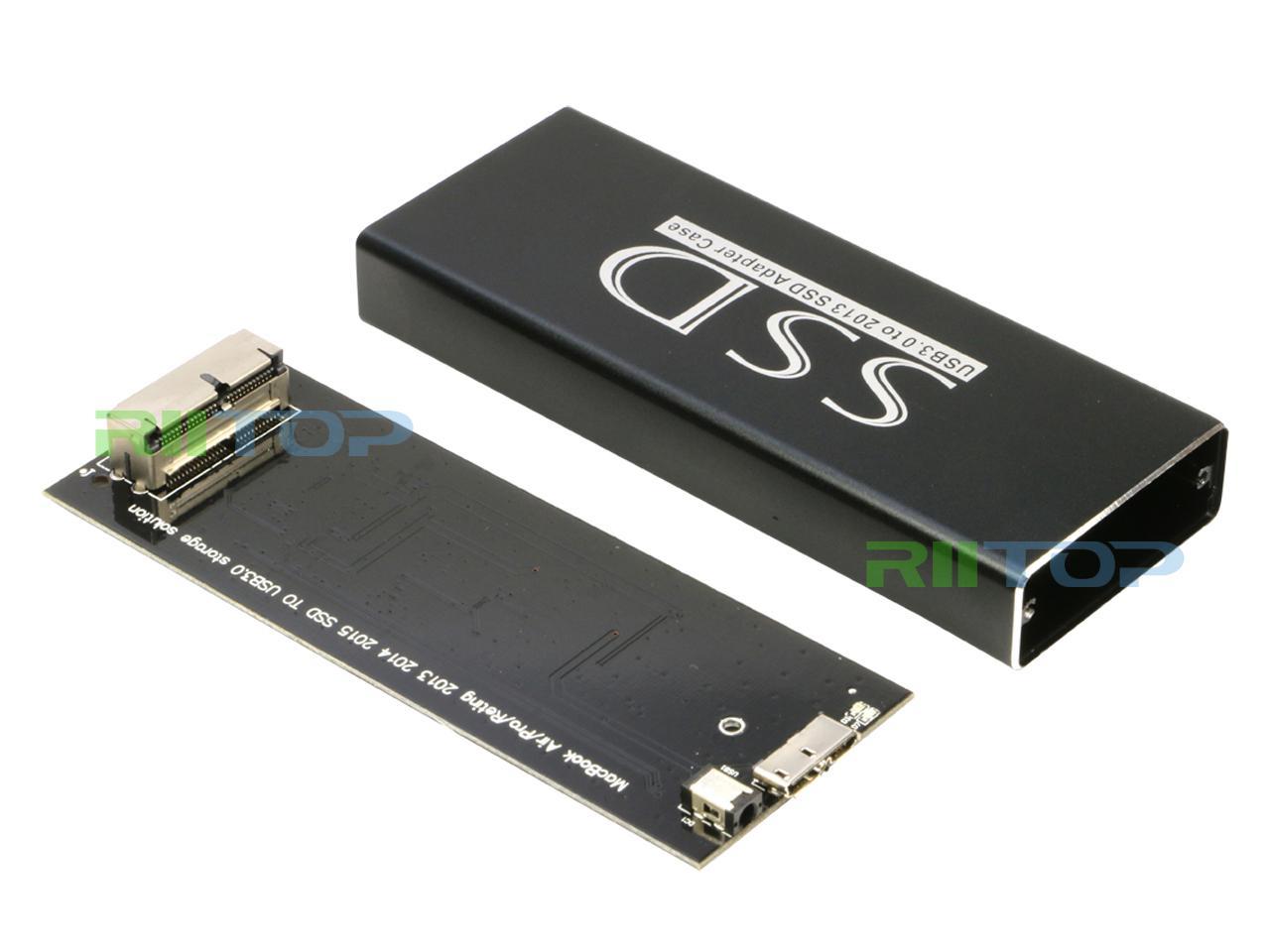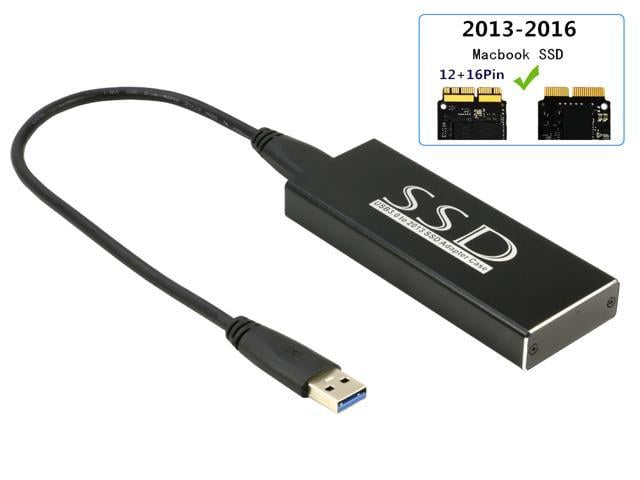


To use MicroSD cards, you’ll also need an SD-to-MicroSD converter. Just pick up an SD card and slot it into your Mac. If you’ve got an older MacBook with a memory card reader, you can also use SD or MicroSD cards to boost your Mac’s total storage. You can also buy the Minix NEO with 120 GB of storage for a bit less. However, some people might consider attaching the unit to the lid of their MacBook with adhesive strips. The unit itself is small enough to be portable, but you might not want to leave it connected to your Mac all the time. You also get four useful ports: one HDMI out with support for 4K at 30 Hz., two USB 3.0 Type-A, and one USB Type-C (which you can use to power your MacBook).ĭue to the shockproof nature of an SSD, you can throw the Minix NEO in your bag without worrying about damaging your data. Inside the hub is a 240 GB M.2 SSD, which supports read and write speeds of up to 400 MB per second. The Minix NEO is the world’s first USB Type-C hub that adds both ports and storage to your MacBook. So, why not get one with an integrated SSD? This means you’ll likely need a hub to get access to a decent range of ports. The newest MacBook Pro and Air models only come with USB Type-C connectors.

Nothing quite like it exists in USB Type-C form-not yet, anyway. This results in a drive that looks more like a wireless dongle, and you can leave it attached to your MacBook at all times. USB Type-A is a larger port, and manufacturers have been able to take advantage of the size to squeeze in flash memory. USB Type-C MacBook owners are, unfortunately, out of luck. It comes in sizes up to 256 GB for around $70. According to one (verified) Amazon reviewer, its write speed is 30 to 80 MB per second. This isn’t high-speed storage, like the SSD in your MacBook, but it’s nifty enough to store documents and media. It has a speedy USB 3.1 interface that attains read speeds up to 130 MB per second. They’re also one of the cheapest ways to increase your machine’s total storage. These small devices fit into a spare USB slot and protrude slightly from the side of your MacBook. If your MacBook has USB Type-A connectors (the old USB standard, not the new reversible one), then you can use a low profile USB drive to add storage. RELATED: Can You Upgrade the Hard Drive or SSD In Your Mac? Low Profile USB Drives You might wince at the cost, but you’ll be thankful for the years of use you get out of all that space. If you do buy a new MacBook, opt for a larger, solid-state drive rather than the bare minimum.

You might be better off just buying a new MacBook. That’s a pretty old machine, though, so consider whether the upgrade is worthwhile. If your Mac is old and still has an optical drive (like a pre-2012 MacBook Pro), you might be able to upgrade your drive and add a second or third one if you replace the optical drive to create space.


 0 kommentar(er)
0 kommentar(er)
